Generative AI in Food plating
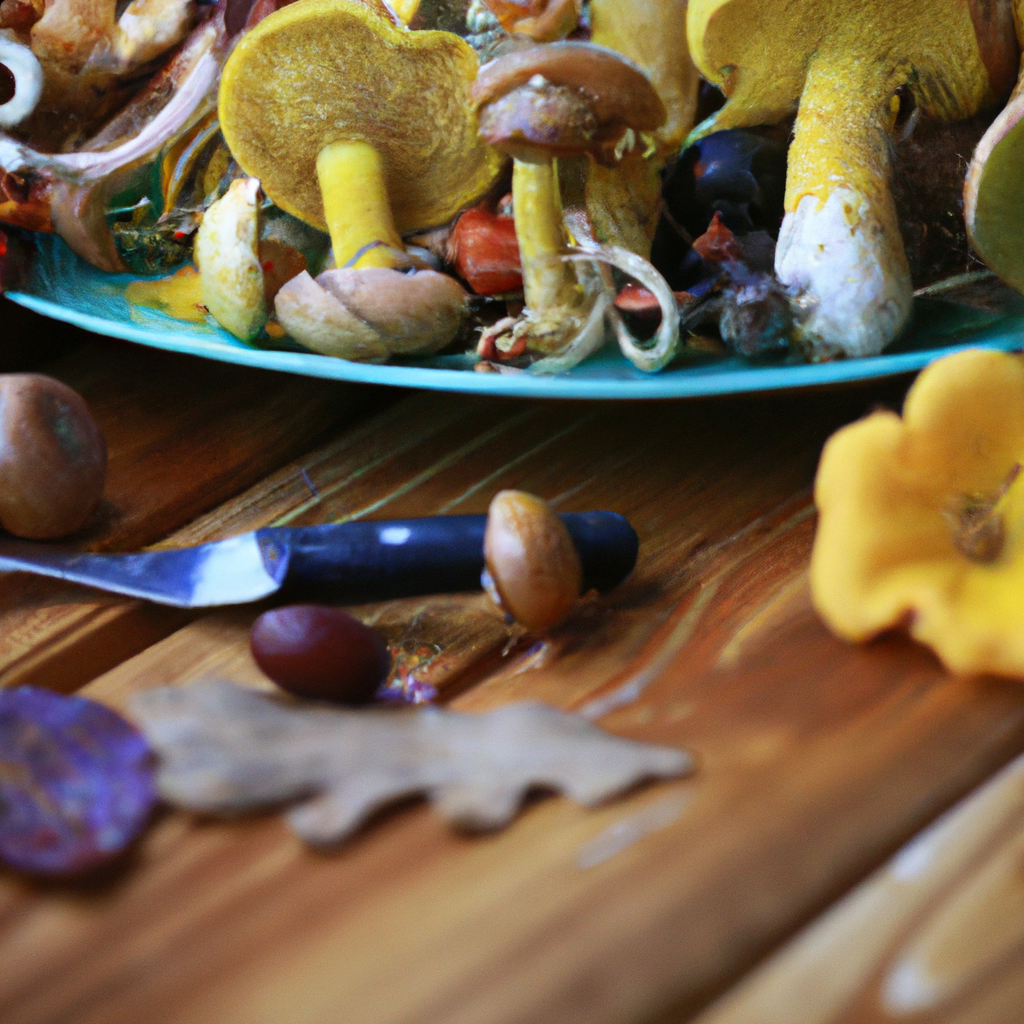
The Art of Food Plating: Why It Matters for Restaurants and Chefs
Food plating is an essential aspect of the culinary arts. It's not just about making the food look pretty; it's about creating an experience for the diner. The way food is presented on a plate can affect how it tastes, how it's perceived, and even how much it's enjoyed. In this article, we'll explore the importance of food plating for restaurants and chefs.
First Impressions Matter
The first thing a diner sees when their food arrives at the table is the presentation. A well-plated dish can create a positive first impression and set the tone for the rest of the meal. On the other hand, a poorly plated dish can be unappetizing and detract from the overall dining experience.
Enhances the Dining Experience
Food plating is not just about aesthetics; it's also about enhancing the dining experience. A well-plated dish can create a sense of anticipation and excitement for the diner. It can also help to highlight the flavors and textures of the food, making it more enjoyable to eat.
Reflects the Restaurant's Brand
Food plating is an opportunity for restaurants to showcase their brand and style. The way food is presented on a plate can reflect the restaurant's personality, values, and overall aesthetic. For example, a fine dining restaurant may use intricate plating techniques to create a sense of elegance and sophistication, while a casual restaurant may opt for a more rustic and simple presentation.
Differentiates from Competitors
In a competitive industry like the restaurant business, standing out is crucial. Food plating can be a way for restaurants to differentiate themselves from their competitors. A unique and creative presentation can make a dish more memorable and increase the likelihood of repeat business.
Challenges Chefs to be Creative
Food plating is an opportunity for chefs to showcase their creativity and skill. It's a chance to experiment with different textures, colors, and shapes to create a visually stunning dish. The challenge of food plating can also inspire chefs to push the boundaries of traditional culinary techniques and create something truly unique.
In conclusion, food plating is an essential aspect of the culinary arts. It's not just about making the food look pretty; it's about creating an experience for the diner. A well-plated dish can create a positive first impression, enhance the dining experience, reflect the restaurant's brand, differentiate from competitors, and challenge chefs to be creative. For restaurants and chefs, mastering the art of food plating is crucial for success in the industry.
What We Are Going To
How We Can Use These Ai for Food
Generative AI has the potential to revolutionize the way we create food plating designs.
What Is Foodplating.ai
Food plating is an art form that involves arranging food on a plate in an aesthetically pleasing way. It requires creativity and skill to create a visually appealing dish. Generative AI can be used to create new and innovative food plating designs. FoodPlating.AI is a tool that uses Generative AI to create new food plating designs. It can generate new designs based on various inputs, including the type of cuisine, ingredients, and plating style.
By using tools like ChatGPT, DaliE, or Midjorney, we can generate new and innovative designs that have never been seen before. With our solutions and techniques, we can create stunning and visually appealing food plating designs that will delight and amaze diners.
Technical Difficulties
Using Generative AI for food plating is not without its challenges. One of the main challenges is the lack of data. Unlike other fields, there is limited data available on food plating. This makes it difficult to train the algorithms on food plating. Another challenge is the subjective nature of food plating. What one person finds aesthetically pleasing may not be the same for another person.
What We Make / Configurations
To overcome the challenges of using Generative AI for food plating, we use tools like ChatGPT, DaliE, or Midjorney. These tools can be trained on various datasets, including images of food, recipes, and plating styles. By using these tools, we can generate new and innovative food plating designs. Additionally, we can create a website on FoodGPT that allows users to input various parameters, such as cuisine, ingredients, and plating style, to generate new food plating designs.
What Is Generative Ai
Artificial Intelligence (AI) has been a buzzword for quite some time now. It has revolutionized the way we live, work, and interact with technology. One of the most exciting applications of AI is Generative AI, which has the potential to create new and innovative designs, art, and even food plating. In this article, we will explore what Generative AI is, its history, and how it can be used to create stunning food plating.
What Is It?
Generative AI is a subset of AI that involves the use of algorithms to generate new and unique content. It is different from traditional AI, which is designed to solve specific problems. Generative AI is more creative and can produce new content that has never been seen before. It is used in various fields, including art, music, and design.
The Evolution of Generative AI
Generative AI has been around for quite some time. The first generative algorithm was developed in the 1950s by a computer scientist named John von Neumann. However, it was not until the 1990s that Generative AI started gaining popularity. In 1997, a computer program called AARON was developed, which could create original art. Since then, Generative AI has been used in various fields, including music, design, and even food plating. Generative AI has made significant progress in the past decade, thanks to the development of deep learning algorithms and the availability of large datasets. These milestones are just a few examples of the many advancements that have been made in this field. As generative AI continues to evolve, we can expect to see even more exciting applications in the future.
Notable Milestones from the Past Decade
2013: DeepMind's Deep Belief Networks
In 2013, DeepMind introduced deep belief networks (DBNs), a type of deep learning algorithm that can learn to represent complex data distributions. DBNs have been used in a variety of applications, including image and speech recognition.
2014: Google's DeepDream
Google's DeepDream was a project that used deep neural networks to generate images that were surreal and dreamlike. This project helped to popularize the use of generative AI in the art world.
2015: Neural Style Transfer
Neural style transfer is a technique that uses deep neural networks to apply the style of one image to another. This technique has been used to create artistic images and to transfer the style of famous paintings to photographs.
2016: WaveNet
WaveNet is a deep generative model for audio that can generate realistic speech and music. This model uses a variant of the deep learning algorithm known as a convolutional neural network (CNN).
2017: AlphaGo Zero
AlphaGo Zero is a computer program developed by DeepMind that can play the board game Go at a superhuman level. This program uses a combination of deep neural networks and reinforcement learning to improve its gameplay.
2018: GANs for Image Synthesis
Generative adversarial networks (GANs) are a type of deep learning algorithm that can generate realistic images. In 2018, researchers at NVIDIA introduced a GAN called StyleGAN that can generate high-quality images of faces.
2019: GPT-2
GPT-2 is a language model developed by OpenAI that can generate human-like text. This model has been used to generate news articles, poetry, and even entire books.
2020: DALL-E
DALL-E is a generative model developed by OpenAI that can generate images from textual descriptions. This model has been used to create surreal and imaginative images, such as a snail made of harps and a teapot-shaped like an elephant.
Generative AI Timeline: 9 Decades of Notable Milestones (opens in a new tab)
Idea Behind
The idea behind Generative AI is to create something new and unique. It involves the use of algorithms that can learn from data and generate new content based on that data. The algorithms can be trained on various datasets, including images, text, and audio. Once the algorithm is trained, it can generate new content that is similar to the data it was trained on.
Tools
There are various tools available for Generative AI, including ChatGPT, DaliE, and Midjorney. These tools use different algorithms to generate new content. ChatGPT is a language model that can generate text based on a given prompt. DaliE is an image generation tool that can create new images based on a given input. Midjorney is an image generation tool that can create new image based on a given input.
Some Test Results
Totally Imaginary Combinations
Prompt Recipe or Chef Name
すきやばし次郎が作るキャビア 甲殻類のジュレになめらかなカリフラワーのクレーム

キャビア 甲殻類のジュレになめらかなカリフラワーのクレーム by Martin Yan in Nordic plating

The Most Famous Chinese Chefs (opens in a new tab)
Prompt with Style
Noma Scandinavian Uni Signature Dishes


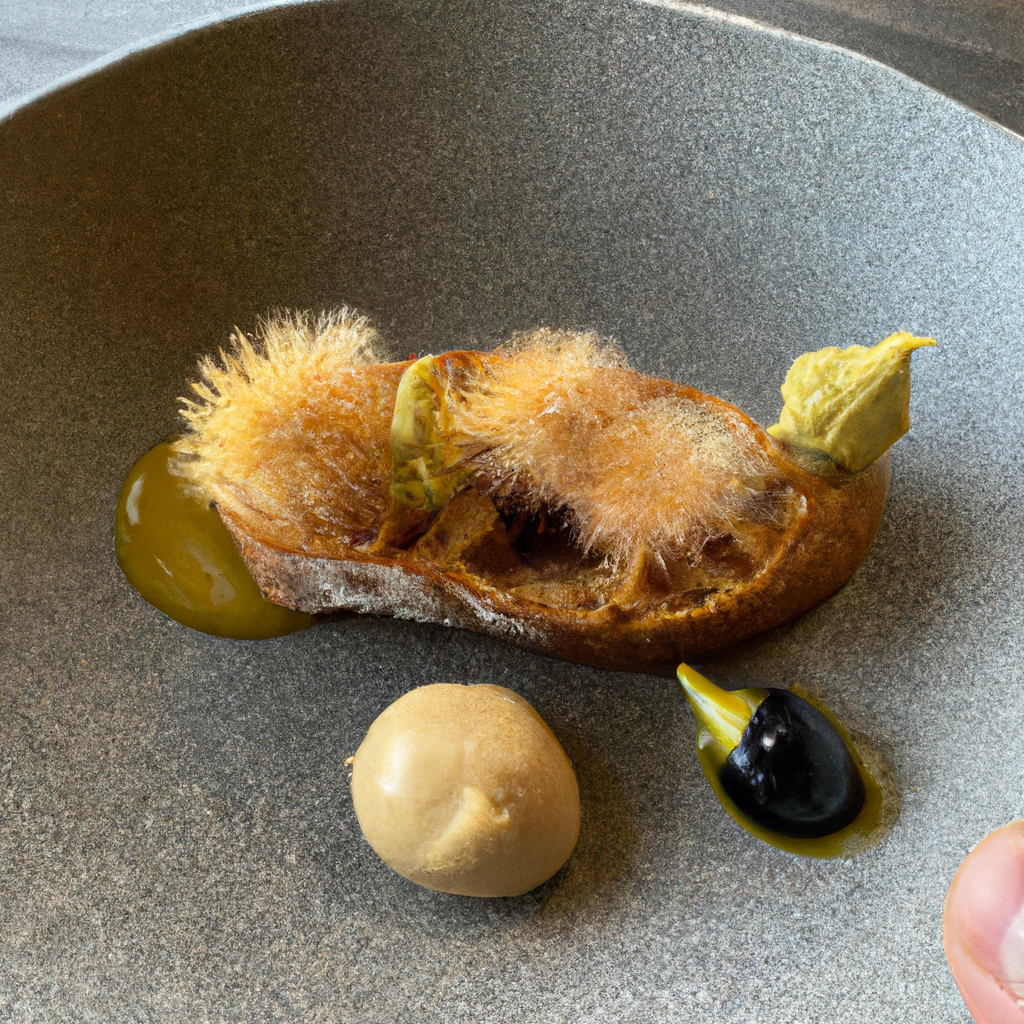
Prompt with Combinations
Eggplant Bonito Green French Style Appetizer
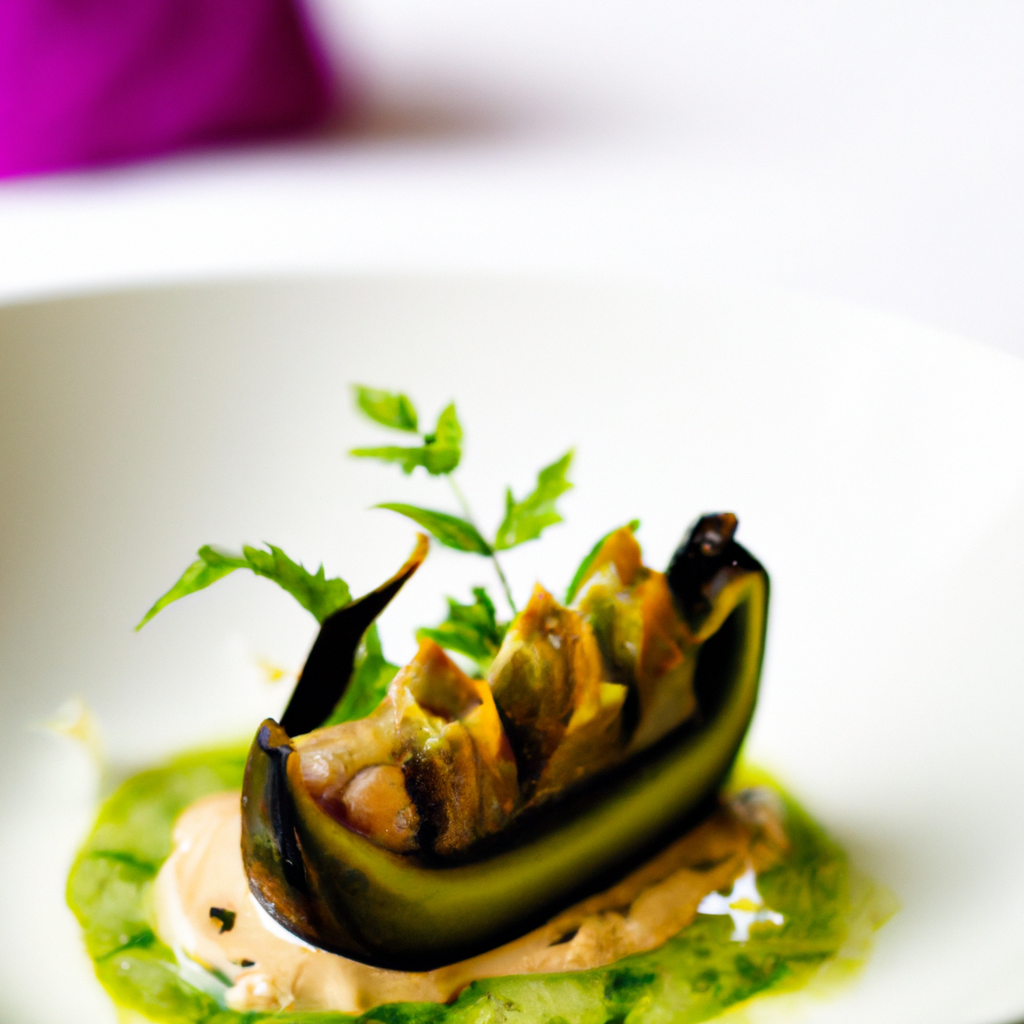
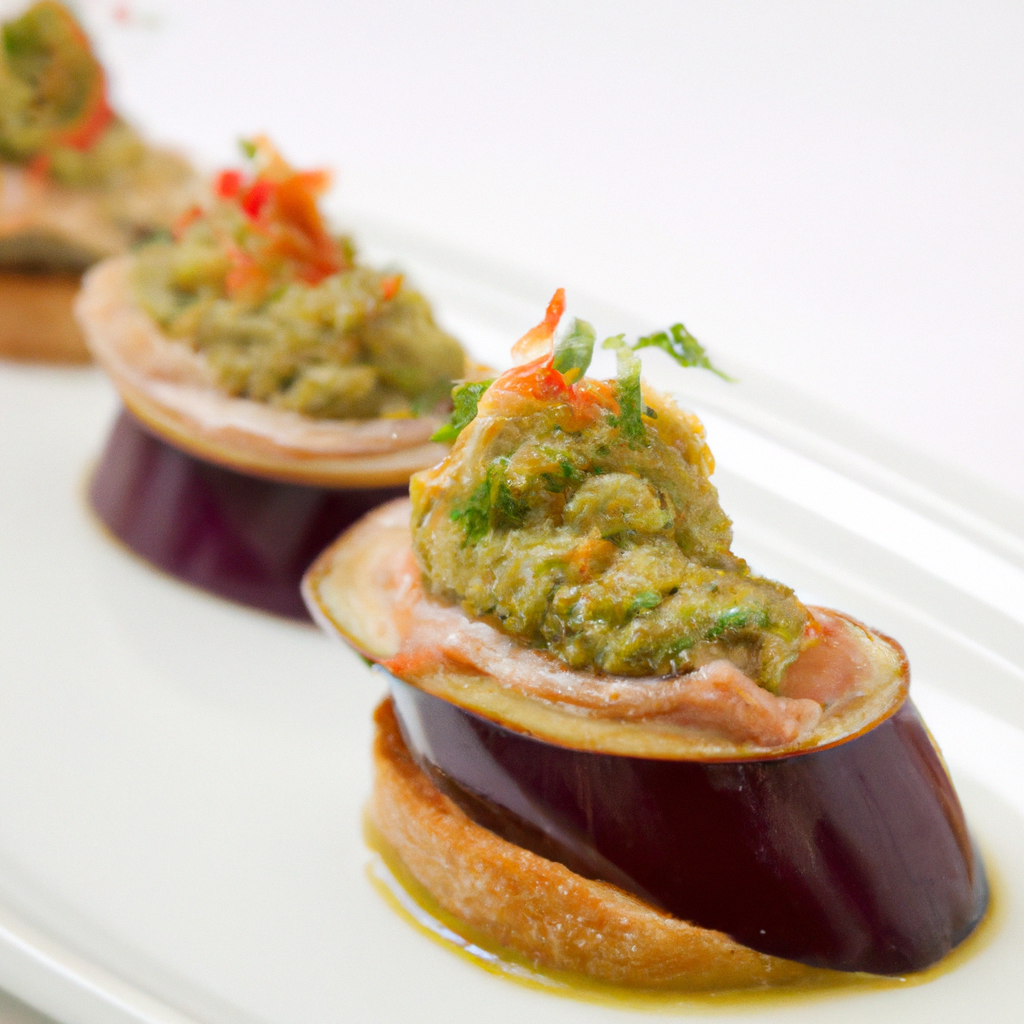
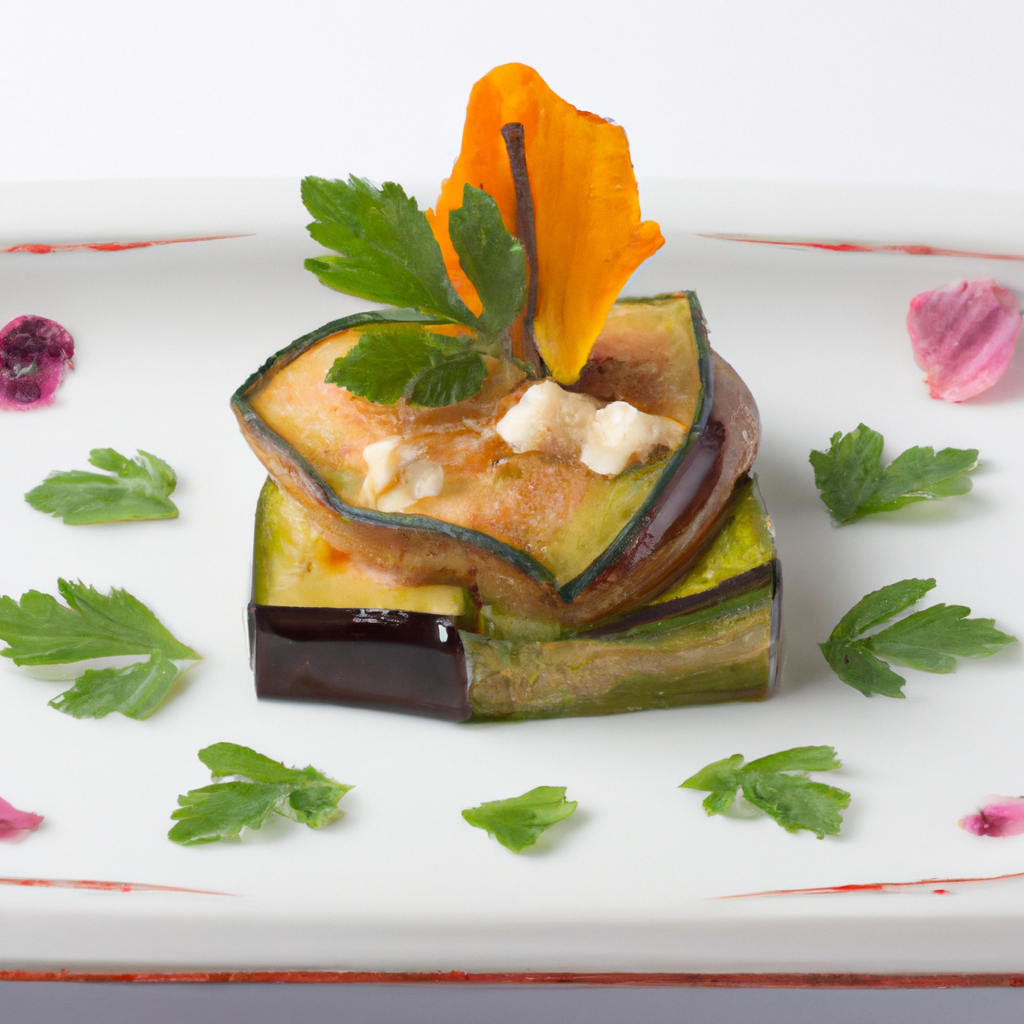
Salmon Apple Ginger Yuzu Appetizer Innovative
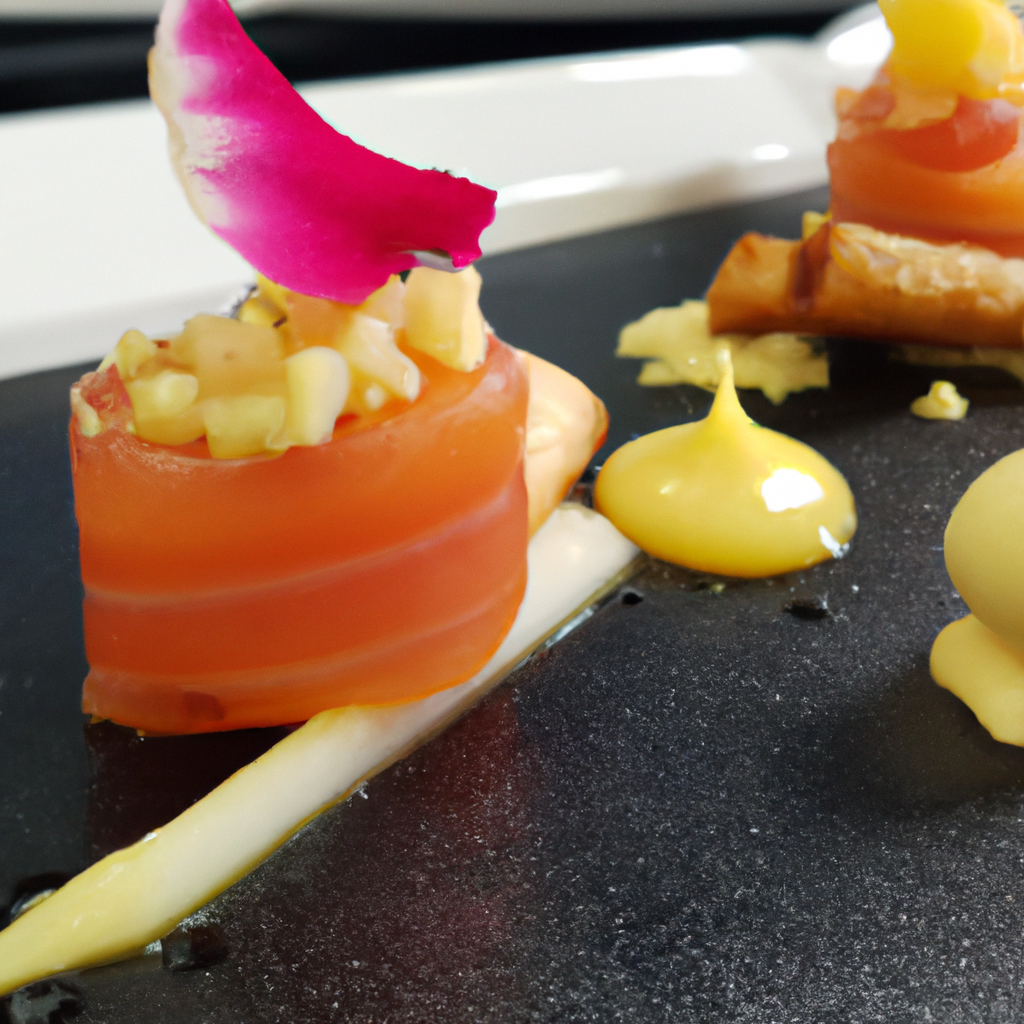
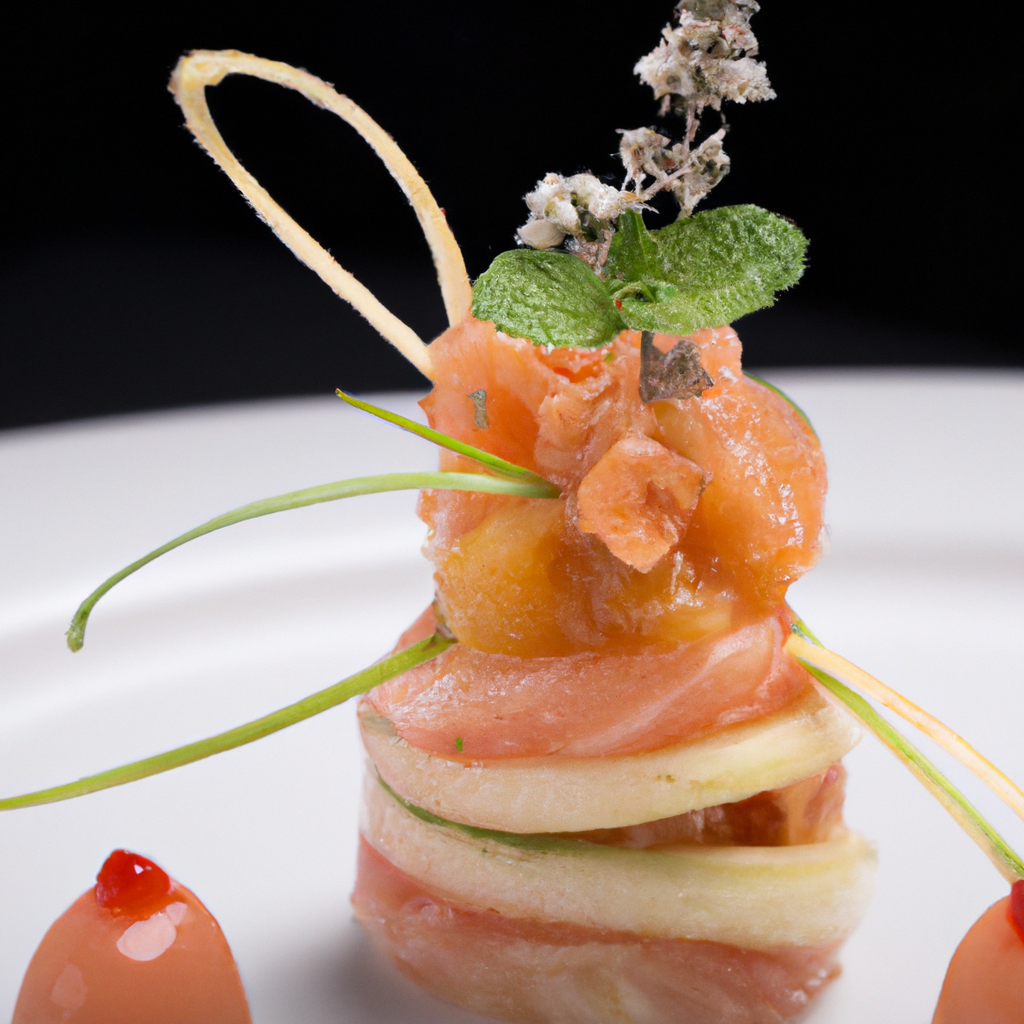
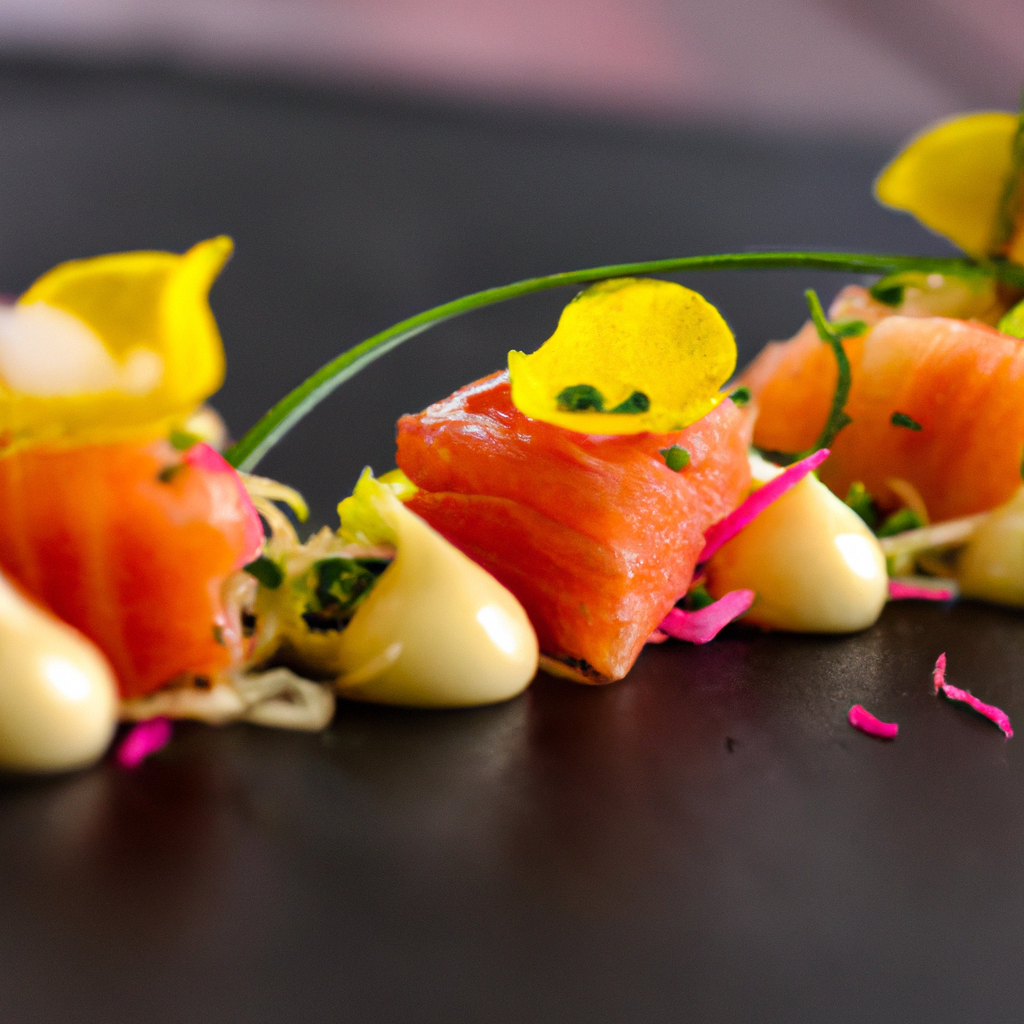
Synthetic Pic Comparison vs Real Pic
Joel Robuchon Uni Signature Dishes
Generative Ai
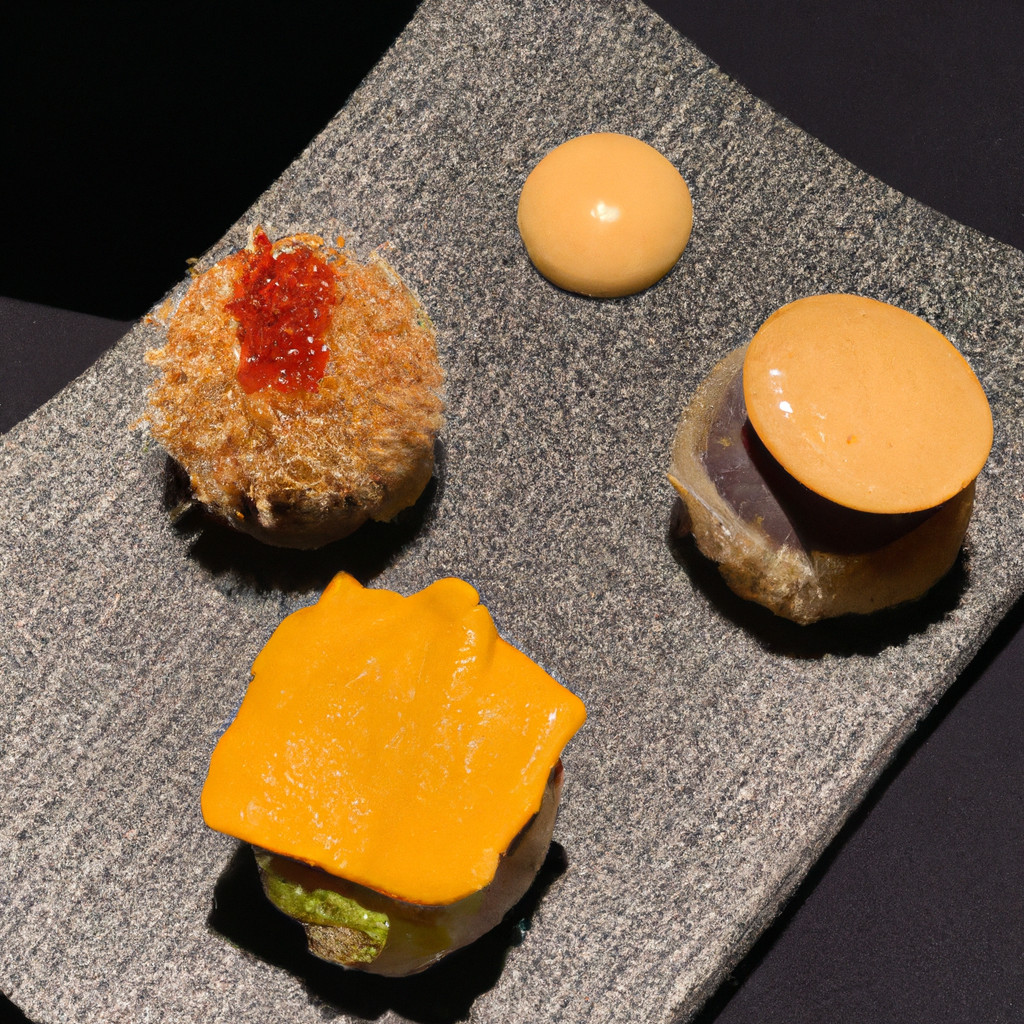
Real
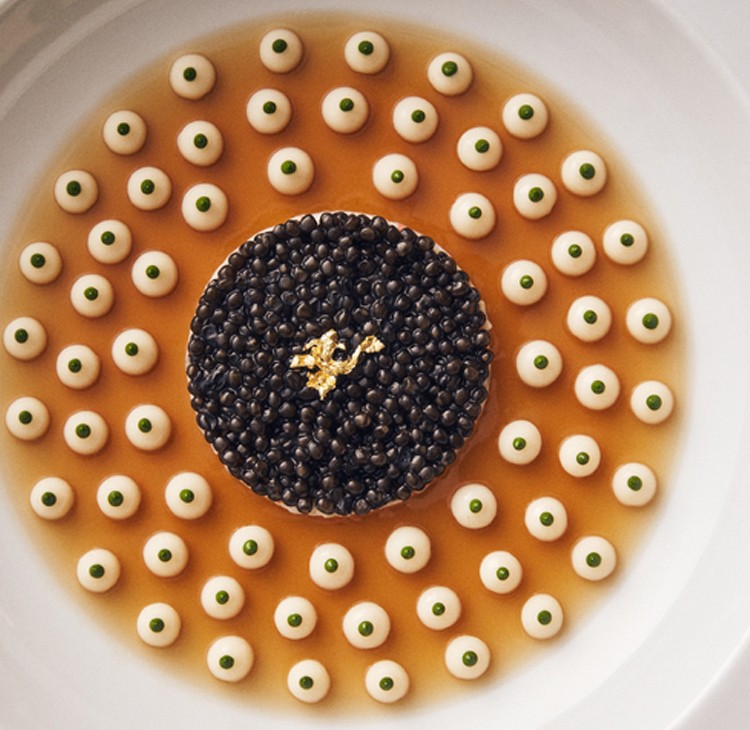
ジョエル・ロブション氏の集大成、感動のフレンチがここに|【ガストロノミー“ジョエル・ロブション”(Joel Robuchon)】恵比寿 (opens in a new tab)
Wild Mushroom Autumn Appetizer
With season key word!
Generative Ai
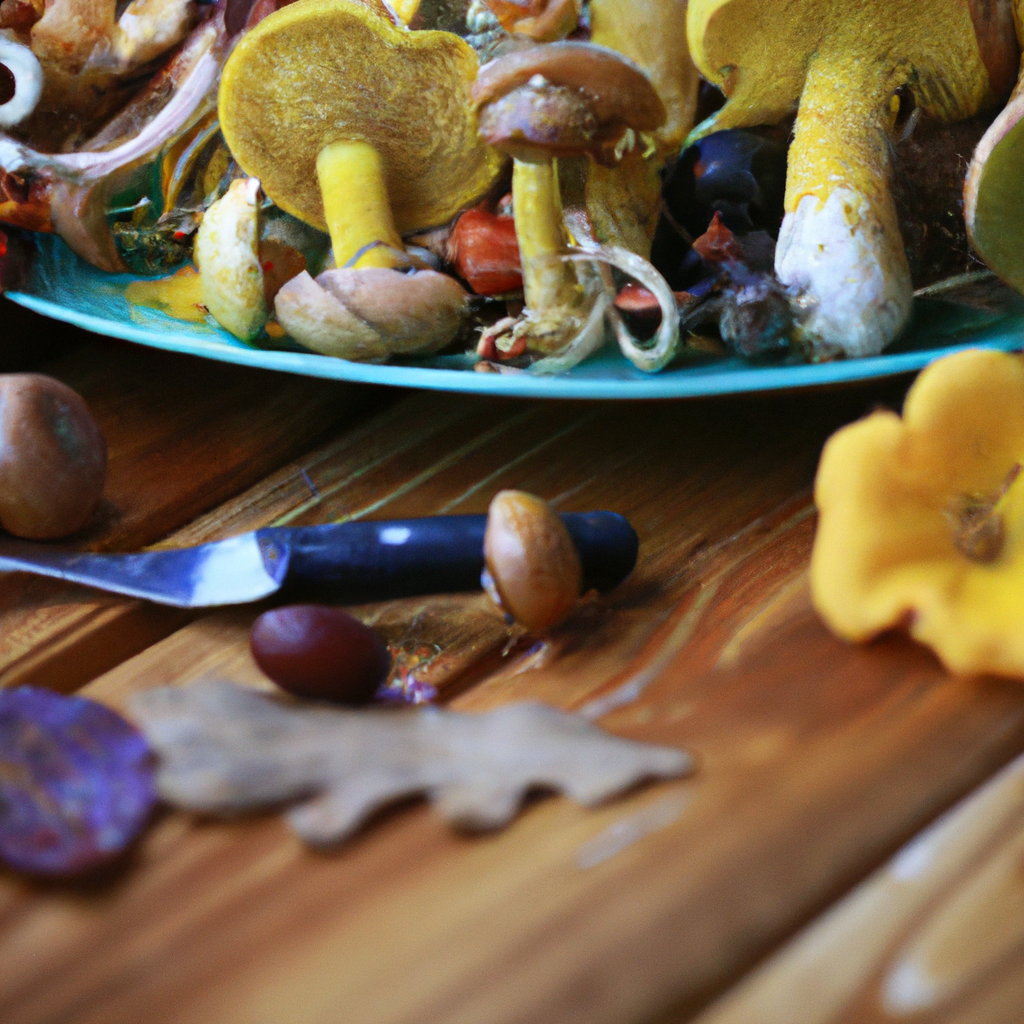
Real

momsdish.com (opens in a new tab)
References:
[1]: [Generative AI Timeline: 9 Decades of Notable Milestones](www.cmswire.com/digital-experience/generative-ai-timeline-9-decades-of-notable-milestones/)
[2]: [The Most Famous Chinese Chefs](www.discoverwalks.com/blog/china/the-most-famous-chinese-chefs/)
[3]: [ジョエル・ロブション氏の集大成、感動のフレンチがここに|【ガストロノミー“ジョエル・ロブション”(Joel Robuchon)】恵比寿](magazine.hitosara.com/article/2931/)
[4]: [momsdish.com](cdn.momsdish.com/wp-content/uploads/2018/10/mushroom-appetizer-8.jpg/)